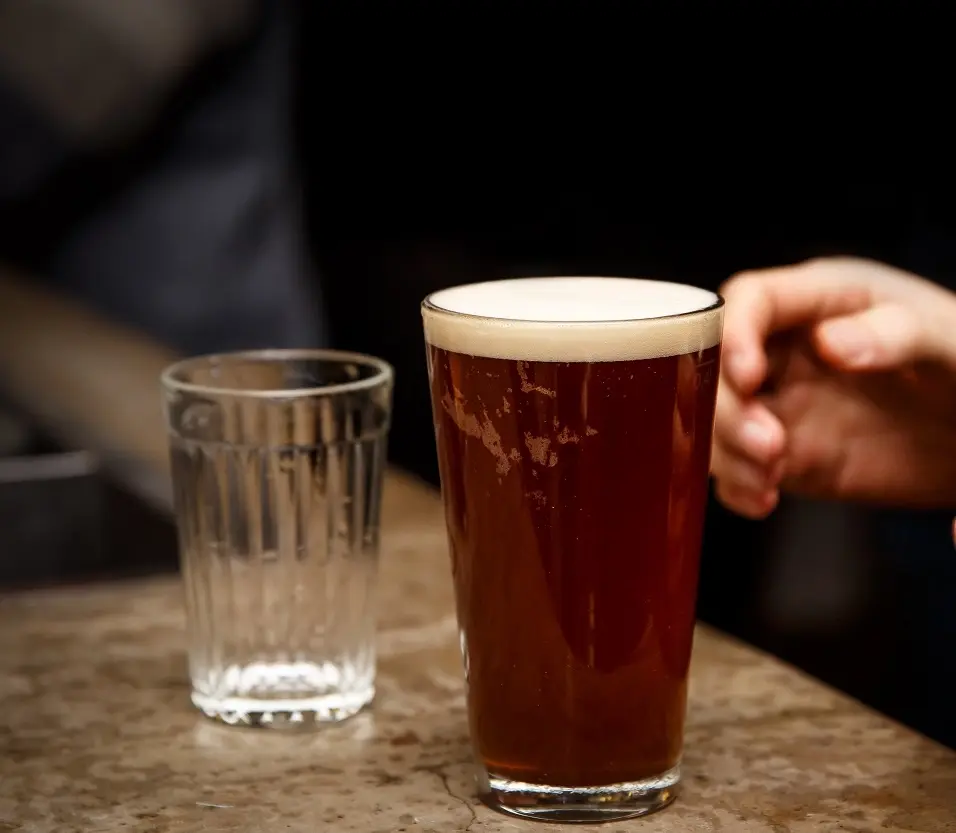A style of craft beer derived from American pale ale. Inherited color characteristics from it, but has a different hop-malt balance. Taste and bouquet largely depend on the manufacturer: there are both bitter, heavily hopped versions on the market, as well as varieties with less radical characteristics. As the strength increases, it becomes a red IPA.
The taste is dominated by malt caramel, the balance is not stable, it can shift in any direction depending on the brand. The hop profile gives tones of fruit, flowers, spices, needles, resins, citrus notes are possible. The maltiness can be quite strong, sometimes drowning out the hops. Ethers are not required, but possible. The finish can be either medium or full.
American amber ale has an amber-chestnut color, may be dark. In a glass forms plentiful resistant foam. If the production did not use dry hopping, the drink is transparent.
This is a full-bodied ale, soft, not tart, with a fairly pronounced “carbonation”. Increased strength gives a warming effect. It is made from two-row pale ale malt, the color is due to the addition of caramel malt. Other varieties are available at the discretion of the manufacturer. Hops can be anything, but citrus is the most commonly used.
The style is similar to American pale ale, but with a more pronounced malt profile. Not as hoppy as red IPAs, less rich in flavor than American strong ales. Like American brown ale, it may have a chocolate or roast flavor, but to a much lesser degree.

Strength: 4.5-6.2%.
Density: initial 1.045-1.060, final 1.010-1.015.
Bitterness Index: 25-40 IBU.
Color: 10-17 SRM.









